Barbering
Overview and Meaning
Abnormal Repetitive Behaviors (ARBs) are common in a range of species and have a high variation in expression. Barbering is one example of an ARB, it is a malfunctional compulsive behavior that it is commonly observed in group-housed laboratory mice of certain strains (e.g. C57 derived strains & 129Sv derived strains).
Barbering is often misinterpreted as an expression of dominance. However, several recent studies clearly falsify this interpretation. Instead multiple lines of evidence indicate that barbering is homologous to human compulsive hair pulling (trichotillomania). Barbering is also often interpreted as a model for obsessive compulsive disorder(OCD). However, this interpretation is premature, and most likely incorrect, as barbering does not appear to involve the limbic circuitry characteristic of OCD.
Please see (Garner, et. al, 2004) for more information.
Description
A mouse will systematically pluck regions of fur or whiskers from itself or cagemates.
Classification
Contexts
Variants
Variants of barbering can be distinguished by the characteristic areas of whisker and fur loss (Garner, et. al, 2004).
- Self-plucking: occurs around the chest, genitals, and the inside and outside surface of forearms.
- Cagemate-plucking: occurs around the whiskers, dorsal face (including the eyes), between the ears, the dorsal neck, back and rump. Although whiskers are the most common area plucked, not all mice pluck whiskers.
Typical self-plucking

Cagemate plucking (of pups by their mother)

Cagemate plucking (this pattern is very typical in 129 derived strains)

Cagemate plucking (note the whiskers are intact)

In the video examples below the resolution of the camera makes it difficult see the actual hairs being plucked, however it is still possible to observe the barbering behavior. In video example 1 it appears that the actor mouse plucked a whisker from the recipient mouse as evidenced by the flinching of the recipient mouse and what appears to be a whisker in the paws of the actor. Video example 2 shows flinching of the recipient mouse, which is characteristic of barbering and not of Allo-grooming behavior. Additionally, video examples 3 and 5 show scratching that is the beginning of Ulcerative Dermatitis. Finally, in video example 4 please observe the defensive hunch of the recipient mouse, the actor mouse is holding down the recipient mouse while the recipient attempts to back out of the hold. The side or front approach of the actor mouse is not characteristic of Allo-grooming.
